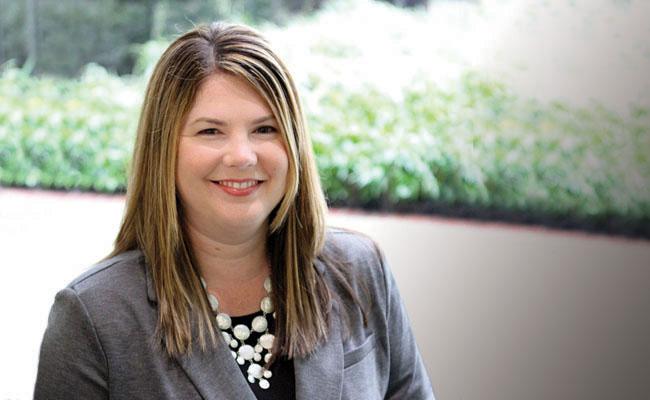Expert Interview With Leslie Turner, Drinking Water Expert
Providing alternative supplies to help municipalities deliver clean drinking water

Leslie Turner has more than 20 years of experience in planning, permitting, design, project management, and construction management for water programs throughout the Southeastern United States. She has served in a senior management role for numerous engineering programs including water treatment and distribution, wastewater collection and treatment, reclaimed water, and aquifer storage and recovery. She has extensive experience assisting clients with utility master planning and developing funding and capital improvement programs.
Ms. Turner is a member of the American Water Works Association, the Water Environment Federation, and the National Society of Professional Engineers. Ms. Turner holds a Bachelor of Science degree in Environmental Engineering from the University of Central Florida. She is a Board Certified Environmental Engineer, certified Project Management Professional, and a registered Professional Engineer in Texas and Florida.
What trends are you seeing with municipal drinking water sources?
Many large municipalities are facing uncertainty in securing long-term drinking water supplies for growing populations and combating effects of drought. To help address this need, many are diversifying their water supplies. New supply sources being introduced include lower quality sources such as brackish groundwater, as well as more traditional sources such as fresh surface water and groundwater located outside of demand centers. These new supplies can be located many miles away and are most cost-effective when multiple municipalities work together to secure transmission of those supplies to their population centers.
What challenges are municipalities facing to provide safe drinking water for their customers?
In addition to securing supplies, many municipalities also must manage aging infrastructure. Renewal and replacement programs are often the first to be placed on hold as budget concerns arise. However, operating these maintenance programs in a reactive manner may lead to higher costs.
Another challenge associated with water infrastructure is loss of historical knowledge due to staff retirement. Operators working for utilities for many years know the ins and outs of the systems. If not managed correctly, retirement by these key staff can prove to be a loss of institutional knowledge to the municipality.
What innovative technologies are you seeing in the industry?
Municipalities are turning to technology to optimize use and maintenance of their assets and accurately inventory and model their systems. Real-time controls can be used to move or “wheel” water throughout a utility’s service area and optimize the best use of the available water supply sources. Implementation of innovative instrumentation and control systems provides many benefits, including centralized control of facilities and data management and trending analysis. When implemented proactively, GIS and computerized maintenance systems can provide accurate information regarding system assets, which can be used to allocate limited funding for renewal and replacement programs.
Can you give us an example of how Tetra Tech is assisting municipalities with the challenges they face?
Tetra Tech is using smart planning and responsive technology to help municipal clients address a whole range of challenges as their drinking water systems age and their populations grow. Our instrumentation and controls experts are developing custom SCADA master plans for clients across the United States. We have worked with many municipalities to develop regionalization plans to provide alternative water supplies to meet customer demands. Our GIS and database developers are creating apps for staff to collect real-time data in the field that automatically integrates into the client’s main database. We are working with one of the largest municipalities in Texas, the San Antonio Water System, to develop facilities to receive water from 142 miles away and wheel that water throughout their distribution system.

